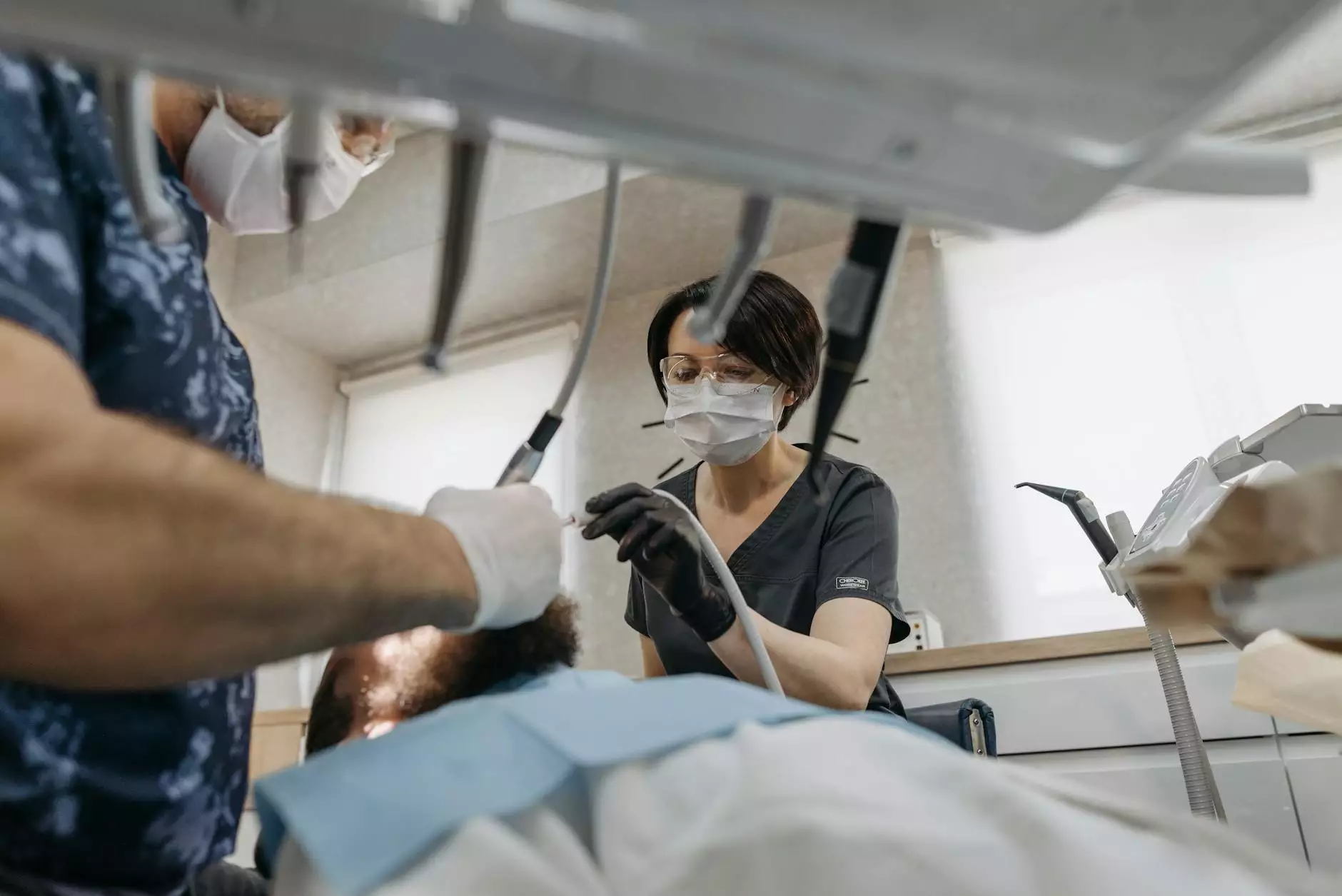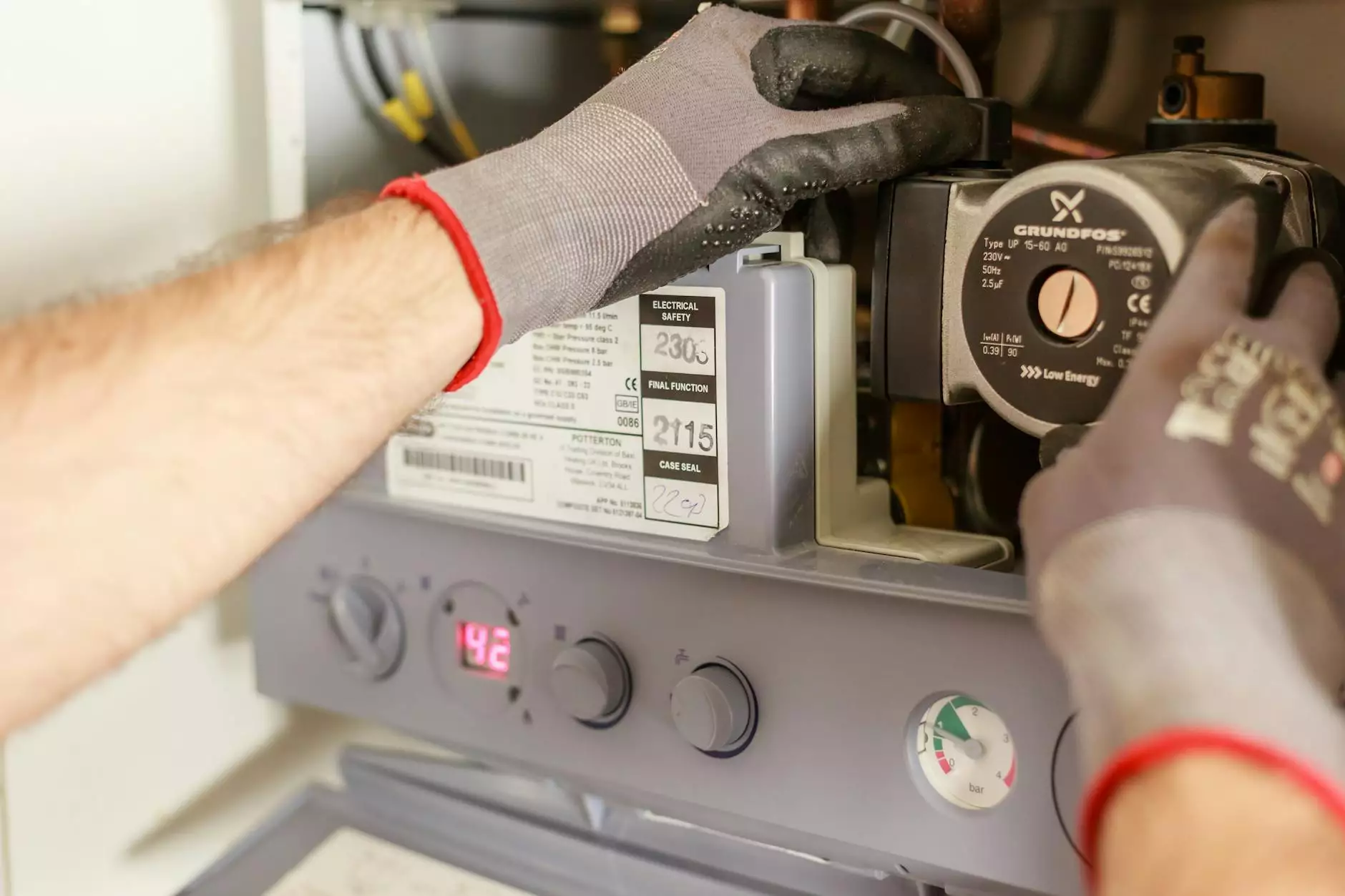Understanding Breast Augmentation Surgery: A Comprehensive Guide

In recent years, breast augmentation surgery has become increasingly popular among women seeking to enhance their body image and self-confidence. This surgical procedure not only adds volume to the breasts but also aims to improve proportions and restore breast fullness lost due to factors like aging, weight loss, or pregnancy. In this comprehensive guide, we delve deep into everything you need to know about breast augmentation, including benefits, risks, types of implants, and the post-operative journey.
The Purpose of Breast Augmentation Surgery
Breast augmentation surgery, also known as mammoplasty, serves various purposes for women worldwide. Here are some key reasons why individuals opt for this procedure:
- Enhancing Physical Appearance: Many women pursue breast augmentation to achieve a fuller and more balanced silhouette.
- Boosting Self-Confidence: For some, augmented breasts improve self-esteem, especially when they feel their own breasts are inadequate.
- Restoring Volume: Life changes such as pregnancy or weight fluctuations can cause breasts to lose volume. Augmentation helps restore their previous shape.
- Reconstructive Purposes: In cases of mastectomy or trauma, breast augmentation can restore a woman’s figure.
Types of Breast Implants
When considering breast augmentation surgery, one of the most critical decisions involves choosing the right type of breast implants. The main types include:
1. Silicone Implants
Silicone breast implants are filled with a silicone gel that mimics the feel of natural breast tissue. Many women prefer these due to their natural appearance and texture. However, they require regular check-ups to ensure they remain intact, as leaks can occur.
2. Saline Implants
Saline implants consist of a silicone outer shell filled with sterile saltwater. They can be adjusted during surgery for the desired size. If a saline implant leaks, the body absorbs the saline solution safely, but it may lead to a noticeable deflation.
3. Gummy Bear Implants
Gummy bear implants are a type of silicone implant that offers a firmer feel and maintains its shape better than traditional silicone implants. Their thicker gel prevents leakage, providing peace of mind for many patients.
The Breast Augmentation Procedure
The breast augmentation surgery process typically involves several stages:
1. Consultation
Initial consultation with a board-certified surgeon is crucial. Discussing goals, expectations, and overall health is essential for a successful outcome. Your surgeon will help you decide on the type of implant and surgical technique.
2. Pre-Operative Preparations
Prior to surgery, patients may undergo tests and receive guidelines regarding medications and dietary restrictions. This preparation phase ensures that the body is in optimal condition for the procedure.
3. Anesthesia and Incisions
On the day of surgery, anesthesia is administered for the patient's comfort. The surgeon will then make incisions in discreet locations (under the breast, around the areola, or in the armpit) to minimize scarring.
4. Inserting the Implants
After making the incisions, the surgeon creates a pocket above or below the muscle to place the implants. The choice between subglandular and submuscular placement depends on individual factors and desired outcomes.
5. Closing the Incisions
Once the implants are in place, the surgeon carefully closes the incisions using sutures and applies a dressing to aid healing.
Benefits of Breast Augmentation
Choosing breast augmentation surgery can lead to numerous benefits, including:
- Enhanced Aesthetic Appeal: Many women feel empowered and attractive with enhanced breast volume.
- Improved Self-Esteem: A significant number of patients report a boost in self-confidence after the procedure.
- Restoration of Youthful Contours: Breast augmentation can help restore youthful proportions lost with age or significant weight loss.
- Versatility: Implants come in various sizes and styles, allowing customization to meet individual preferences.
Potential Risks and Considerations
While breast augmentation surgery is typically safe, it's essential to be aware of potential risks, including:
- Scarring: Any surgical procedure involves the risk of scarring, which may vary based on individual healing and incision type.
- Infection: There is a small risk of infection following surgery, which can prolong recovery.
- Implant Rupture: Implants can rupture or leak, necessitating additional surgery for replacement.
- Changes in Sensation: Altered breast or nipple sensation can occur, which may be temporary or permanent in some cases.
Recovery After Breast Augmentation Surgery
The recovery process is a crucial part of breast augmentation surgery. Here’s what you can typically expect:
1. Immediate Post-Operative Care
After surgery, patients are monitored for several hours. Discomfort and swelling are common but can typically be managed with prescribed pain relief. A supported bra is often recommended to minimize movement and encourage proper healing.
2. Activity Restrictions
It’s important to avoid strenuous activities, heavy lifting, and exercise for at least 4-6 weeks. Patients should follow their surgeon’s specific guidelines for a safe recovery.
3. Follow-Up Appointments
Regular follow-up visits are necessary to monitor healing and address any concerns. These appointments are critical for ensuring implants are positioned correctly and the patient is adjusting well.
4. Gradual Return to Normalcy
Most patients can return to light activities within a week, while complete recovery may take several months. Patience is key during this period as the body heals and adjusts to the new implants.
Choosing the Right Surgeon
The success of breast augmentation surgery largely depends on selecting a qualified and experienced surgeon. Here are some tips for finding the right professional:
- Board Certification: Ensure your surgeon is certified by the American Board of Plastic Surgery.
- Experience: Look for a surgeon with extensive experience in breast augmentation specifically.
- Reviews and Testimonials: Research patient reviews and feedback to gain insight into the surgeon’s skills and patient satisfaction.
- Consultation: Schedule a consultation to discuss your goals and assess the surgeon's approach and your comfort level.
Conclusion
Breast augmentation surgery is a transformative procedure that can significantly enhance a woman’s self-image and confidence. While the decision to undergo this surgery should be well-informed and personal, understanding the intricacies of the procedure, from the different types of implants to the recovery process, can make for a smoother experience.
As you consider breast augmentation, remember to conduct thorough research, consult with a qualified surgeon, and weigh the potential risks against the benefits. With the right preparation and care, breast augmentation can be a positive and fulfilling journey toward achieving your desired body image.
For more information, explore our services at thewellcome.com, where we connect you with top-rated doctors and medical centers specializing in breast augmentation and other health-related services.









